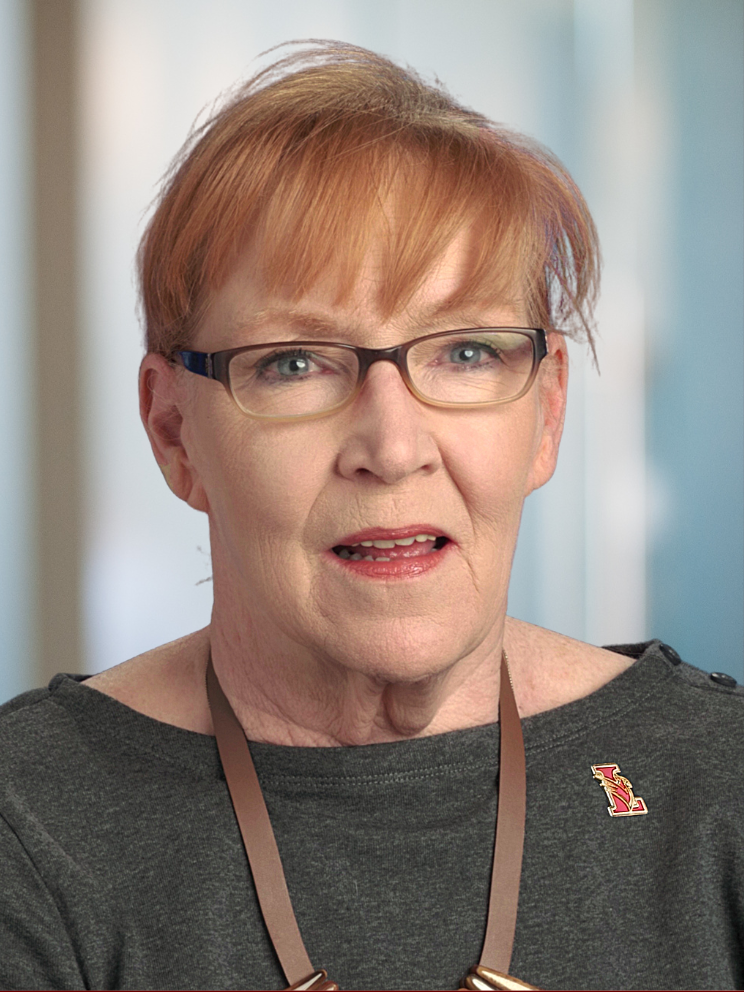According to a story on National Public Radio, people 65 and older are more likely to go to the ER than any other age group except babies. It may be time for hospitals to consider changing to accommodate the people they serve.
The idea of an emergency room specifically for older patients was featured in a post at the New York Times New Old Age blog, and it blew me away. But why not? We have pediatric ERs because we know how stressful and frightening a hospital can be for kids. It makes sense on so many levels to have a senior-friendly ER. I wish there had been one locally 10 years ago when my mother was alive.
While generally in good health, my mother did need, from time to time, the services only an ER can provide. The rushing of the triage nurse would unsettle Mom, and rapid-fire questions asked with impatience could have her near tears. The sound track and racket that accompanies the ER chaos—and the lack of privacy—made our visits unbearable. And sensitivity? I would get so frustrated when a nurse spoke to me as if my mother weren’t even in the room. I can only imagine how frightening it would have been for Mom if she had to go alone.
Bill Thomas, MD, a world–renowned eldercare expert and advocate for better quality of life for older people, was instrumental in setting up the first emergency room for older patients at Holy Cross Hospital in Silver Spring, MD. And he did it for just $150,000. There, you find walls painted in warm shades, not stark white, and floors resembling wood, not shiny and slippery looking. The passageways are easy to navigate even with a walker or wheelchair, offering handrails and softer, glare-free lighting.
I am happy to report that Thomas sparked a trend. An online search revealed more than a dozen such emergency rooms. In Houston, Sacred Heart hospital’s revamped ER reaches out to local care facilities to provide continuity of care, and in Michigan’s St. Joseph Mercy system, eight hospitals have added ERs just for those 65 and older.
Beyond aesthetics, the biggest change in the new ERs is that staff is trained in the medical, emotional and social needs of an older patient. Employees learn how to talk to older people—more slowly, nonjudgmentally and louder, if necessary. They learn how to scale their pace to meet a patient’s. The medical staff is taught to look beneath the surface for issues common to older individuals.
While each hospital’s ER is unique, all are tuned in to the needs of elders, and they strive to prevent repeat visits. A social worker might be assigned to identify the cause of the problem. For instance, if prescription drug overdoses or interactions sent the patient to the hospital, a system can be put into place to simplify the management of medications. Is the patient there because of a fall, maybe on a rug or an electrical wire? The staff is trained to make follow-up calls and visits to address this type of situation, to keep the patient from coming back with the same problem.
In my community, we have several hospitals within easy driving distance, all high tech. But maybe what we need is low tech. If I had a choice, I would choose the ER that meets my needs or the needs of the person in my care. Wouldn’t you?

Pepper Evans works as an independent-living consultant, helping older adults age in place. She is the empty-nest mother of two adult daughters and has extensive personal and professional experience as a caregiver. She has worked as a researcher and editor for authors and filmmakers. She also puts her time and resources to use in the nonprofit sector and serves on the Board of Education in Lawrence Township, NJ.



